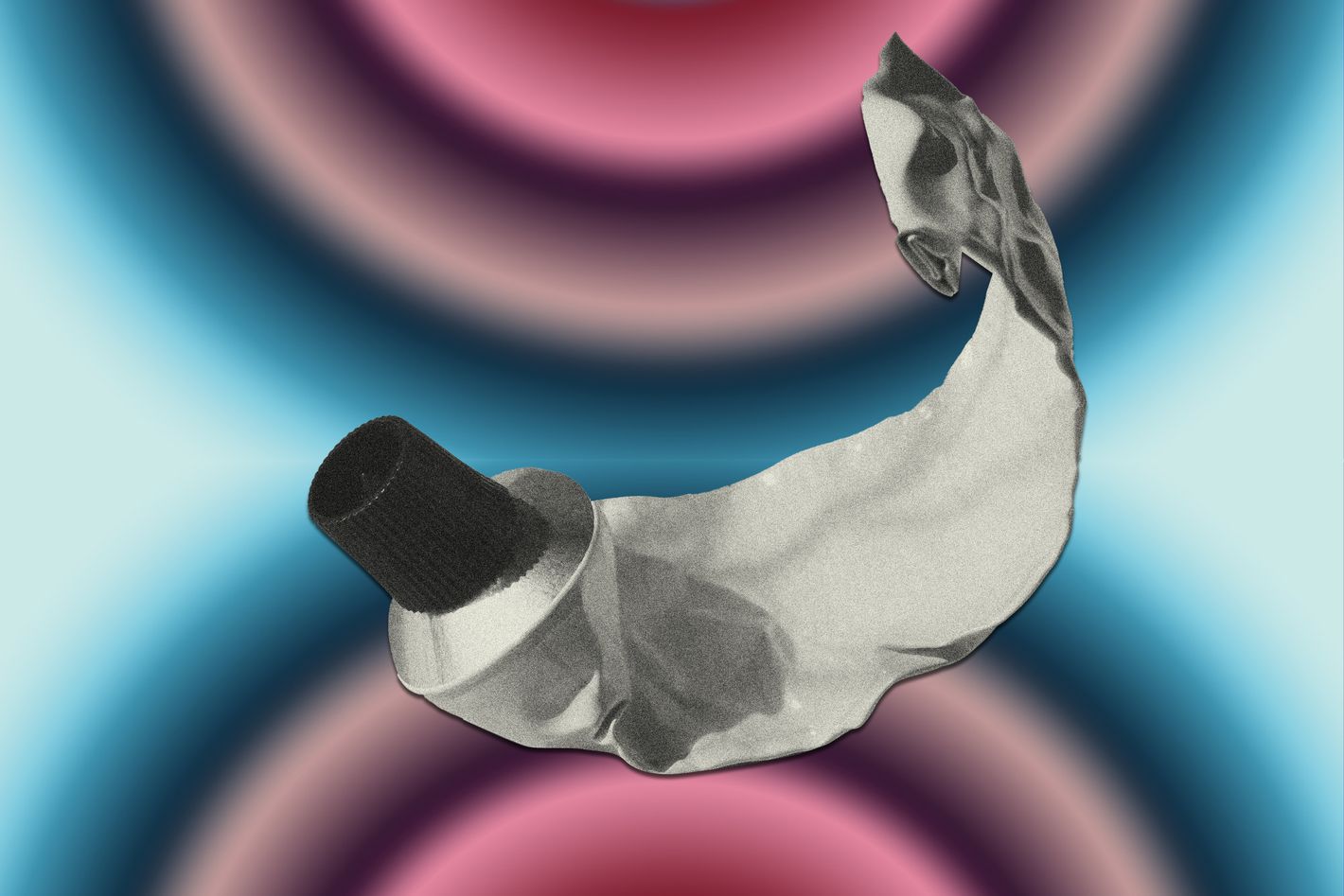How to Make Sure Your Empty Beauty Products Get Recycled
Three key tips to make sure they don’t end up in a landfill.

Empties, empties, empties
Dear Beauty Editor,
What am I supposed to do with my empty beauty products? I want to recycle the stuff that’s plastic, but I hear most plastic put in curbside bins doesn’t actually get recycled.
Help!
Kiara
Beauty-product packaging is notoriously hard to recycle, but not necessarily because it’s made of plastic. Another big problem is that most of the packaging is small and made of multiple materials fused together. Carly Snider, the executive director of PACT Collective, explains that most recyclables collected curbside are sent to Materials Recovery Facilities for sorting, and the machines there aren’t able to process anything smaller than a fist or made of multiple materials fused together. Think about a foundation bottle: It could be a round glass bottle with a square plastic casing that has a faux-silver cap and a pump with a rubber gasket and metal spring. If you put that in a recycling bin, it will end up in a landfill.
But that doesn’t mean that all curbside recycling is pointless or that you should just put anything you’re unsure about in the trash! Here are some tips to help you decrease the environmental impact of your beauty purchases.
1. Check local guidelines and use curbside recycling if possible.
If you have curbside recycling, determine what your local facility will take and then clean your acceptable empties and make sure they’re in the correct bin or bag for collection. If your town accepts paper, you obviously want to recycle any boxes, cartons, and inserts that meet the paper requirements. If you’re lucky, you’ll also be able to recycle aluminum and glass, like aluminum hand-soap bottles or the simple glass bottles from face oils or serums. And if you’re really lucky, your municipality may collect bottles made of type 1, 2, or 5 plastic (the resin codes may be embossed on the bottom of bottles or noted on product-description pages online). For example, a plastic shampoo bottle with a simple flip cap is probably curbside recyclable. “If you follow the guidelines and double-check with your town, you can trust your products will be recycled,” says Jamie Richards, the director of environmental and social governance at Amika. “There is certainly room for improvement, but I promise you there’s hope.”
2. Give nonrecyclables to a beauty-specific collection program.
If your beauty routine is like mine, you’ll still have plenty of empty products that can’t be recycled curbside, including skin-care jars, mascara tubes, and makeup compacts. First step, check if the retailer or brand you bought your product from has recycling instructions or some sort of recycling-collection program. If there’s no brand-specific program or it’s too much of a hassle, give your empties to PACT Collective (there are collection bins at most Credo, Sephora, Ulta Beauty, Nordstrom, and Saks stores, or you can mail them in). PACT will recycle or repurpose whatever components they can, but it’s also studying beauty waste and collecting data on how products are packaged and what companies can do differently. They share their findings with the industry and serve as a resource to help beauty brands develop more sustainable (and easier to recycle) packaging. “PACT is really meeting ease and access,” says Richards. “What I particularly like about them is their transparency. They are very honest on what is recycled and what is disposed of through other means, which is refreshing.”
3. Shop better next time, and encourage brands to make recycling easier.
There are a few things to look for if you’re trying to shop more sustainably in the future. “The best options are products with refillable components, followed by packaging with high post-consumer recycled content and packaging that is curbside recyclable,” says Snider. You should also look for nonplastic packaging with high recycling rates, such as glass or metal. And if you buy something in a plastic container, look for “high-value” plastics such as 1, 2, and 5.
If you’ve noticed your favorite beauty brand doesn’t label its plastic components with resin codes, message it on its social-media accounts or email customer service and ask the company to do so. And while you’re at it, ask about the other packaging decisions, too. “Consumers have so much power to influence brands,” says Snider.
Send your questions to AskABeautyEditor@nymag.com. (By emailing, you agree to the terms here.)
